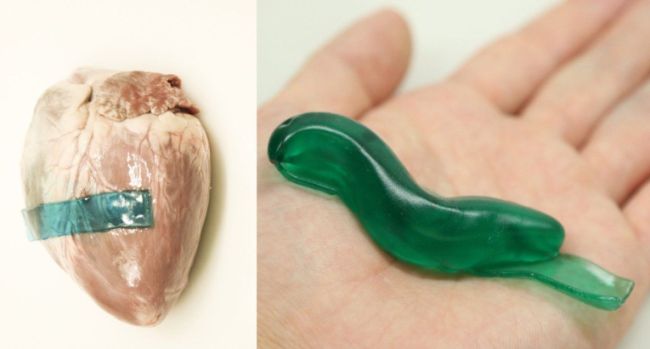
Scientists have created the first elastic adhesive capable of repairing tissues that are essentially continuously mobile, such as those of the heart, lungs and arteries.
Elastic adhesive
Described in the journal Science Translational Medicine, the glue was developed by a team led by Ali Khademhosseini and Nasim Annabi of Harvard and Northeastern universities. The glue, called MeTro, has been tested in rats and pigs, and the researchers are preparing to study it in humans.
“The potential applications are very powerful: from treating severe internal wounds to use in emergency situations such as car accidents and war zones,” said Anthony Weiss of the University of Sydney, who was involved in the study.
“MeTro,” he added, “solves a problem that other available sealants couldn’t possibly solve, and we’re ready to try glue on men.”
To repair injured organs and tissues, surgeons typically use metal staples and sutures. However, these procedures can be a real challenge for tissues that are constantly contracting and relaxing, such as the lungs, heart and arteries.
Today sutures for these tissues have adhesives that are compatible with the organism. However, they do not work on their own and must be integrated with conventional suture systems.
In turn, elastic glue can work on its own: it consists of a water-based solution and a molecule called proelastin, which forms the basic unit of elasticity, the protein that allows the tissue to regain its original form after subject to stretching or contraction.
“The wonderful thing about MeTro gel,” Annabi observed, “is that it hardly comes into contact with the tissue; it solidifies and becomes a gel that we can later stabilize with a slight pulse.”
Translated with www.DeepL.com/Translator (free version)



